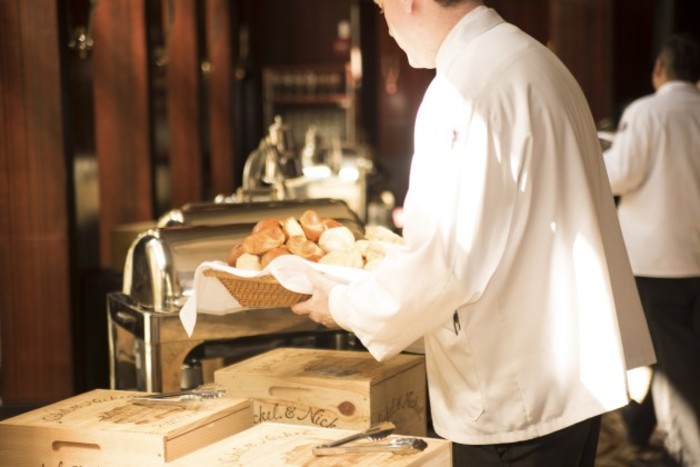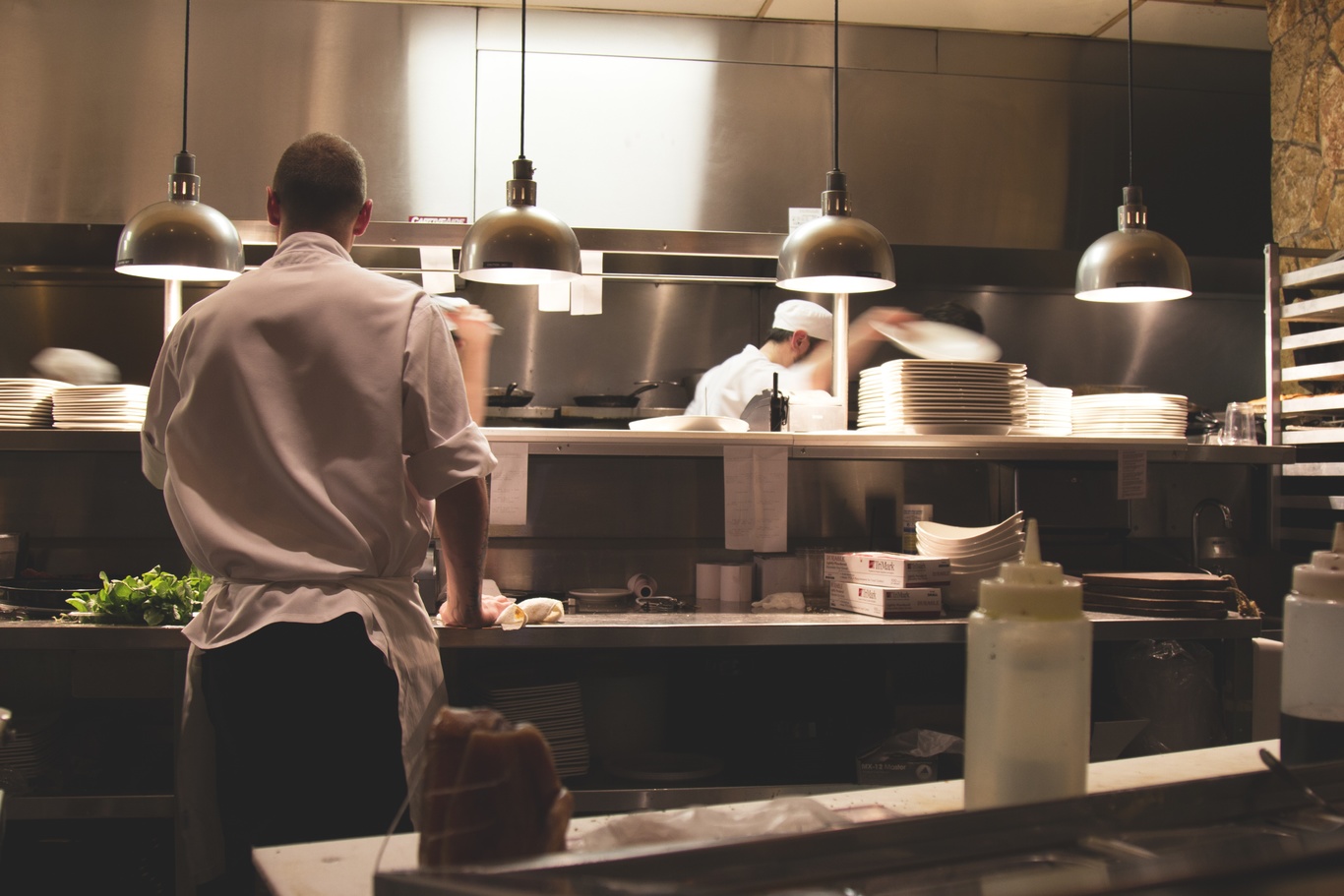People working illegally in Ireland are most likely to be employed in takeaways
A new study has found that many illegal workers are students.
ILLEGAL WORKERS IN Ireland are most likely employed in the catering industry, in businesses such as fast food and takeaway restaurants.
That’s according to new research from the ESRI published today which examined the illegal employment of non-EU nationals in Ireland.
It said that the extent of people working illegally in Ireland is not easy to quantify due to limited data, “owing in part to the clandestine nature of the problem”.
It said that while data is not available from an official or objective source, the Migrant Rights Centre estimated in 2014 that there were between 20,000 and 26,000 undocumented migrant adults living and working in Ireland.
The think-tank said that the Workplace Relations Commission (WRC), whose labour inspectors examine workplaces to ensure compliance with the law, “found illegal employment of non-EU nationals to be most prevalent in the catering sector”.
“(This includes) fast food and takeaway restaurants,” the ESRI said. “Businesses with a high turnover of staff, low wages and long hours can indicate increased risk.”
Other at-risk areas included “workers in the private home such as childcare workers, including those known as au pairs, and elderly carers”.
 Kitchen workers
Kitchen workers
Enforcement
Some 4,830 inspections were carried out by the WRC in 2016, with 404 possible breaches of the Employment Permits Acts detected.
The study said that, where it finds someone working illegally, the WRC has the power to prosecute both employers and employees.
It found that it mostly focused on the employer, giving them an “opportunity to rectify the matter”.
“The Migrant Rights Centre observes that undocumented migrants will usually lose their jobs at this point,” the ESRI report noted.
The majority of undocumented migrants accessing the services of the the Migrant Rights Centre entered the State legally, often as students or tourists, the ESRI said.
The two most common types of illegal employment were found to be students working outside their permitted hours and migrants without documented residence status.
Non-EU students may work 20 hours per week during term time and up to 40 hours per week during college holidays.
It was found that one of the most common examples of people working irregularly was students working outside of their allowed hours, such as working more than 20 hours during term time.
Exploitation
The ESRI also said that almost all undocumented migrants surveyed were in employment, “frequently in child and elderly care positions”.
“Such workers can be vulnerable to exploitation, including by working long hours for very low pay,” it said.
“Labour inspectors may not visit private homes unannounced, which reduces their capacity to regulate this sector.”
Samantha Arnold, the researcher who authored the report, said undocumented migrants may feel compelled to tolerate poor wages and working conditions rather than be identified.
“The study highlights the need for policy responses to address both immigration and labour market-related contributing factors,” she said.






